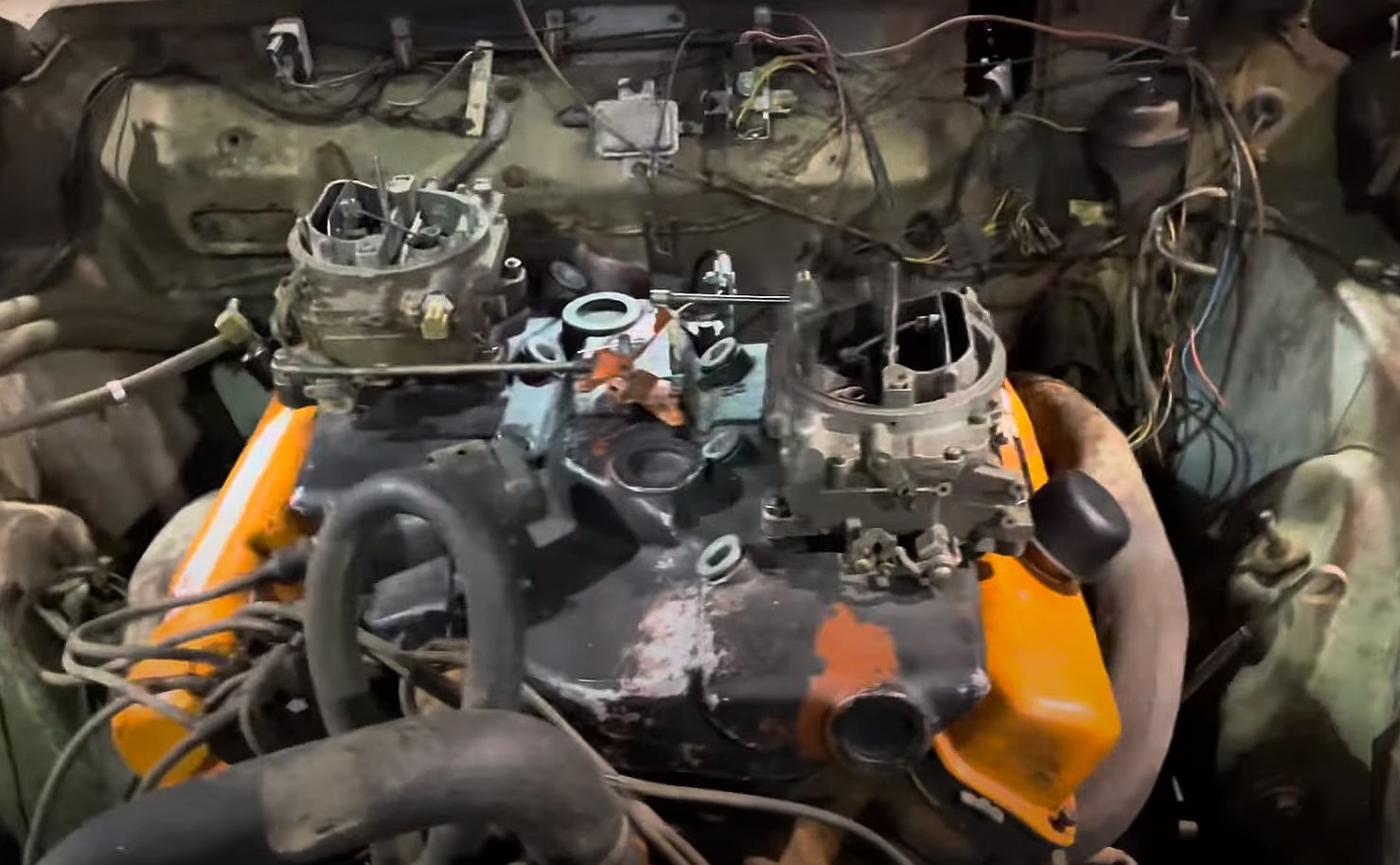The legacy of the 426-cubic-inch (7.0-liter) HEMI V8 engine, introduced in production models in 1966, remains unparalleled in the annals of Chrysler’s history, particularly during the golden era of muscle cars. While revered as one of Chrysler’s most iconic engines, it was not the first to embody the company’s high-performance ethos.
The roots of the HEMI can be traced back to 1951 with the debut of the 331-cubic-inch (5.4-liter) FirePower engine, which laid the groundwork for subsequent iterations. Although initially less potent than its successors, the FirePower engine laid the foundation for Chrysler’s foray into high-performance vehicles.

In 1958, the FirePower engine evolved into the 392-cubic-inch (6.4-liter) variant, boasting increased power output and solidifying Chrysler’s reputation as a leader in automotive performance.
This engine, along with subsequent iterations, continued to push the boundaries of power and performance, culminating in the introduction of the legendary 426 Wedge engine.
The 426 Wedge, initially offered as a non-catalogued option, emerged as Chrysler’s premier performance engine before the advent of the HEMI. With variants ranging from a single four-barrel unit to a race-spec Max Wedge version, the 426 Wedge showcased Chrysler’s commitment to engineering excellence and performance innovation.
Despite its eventual overshadowing by the HEMI, the 426 Wedge remains a testament to Chrysler’s legacy of high-performance engineering and automotive ingenuity.

